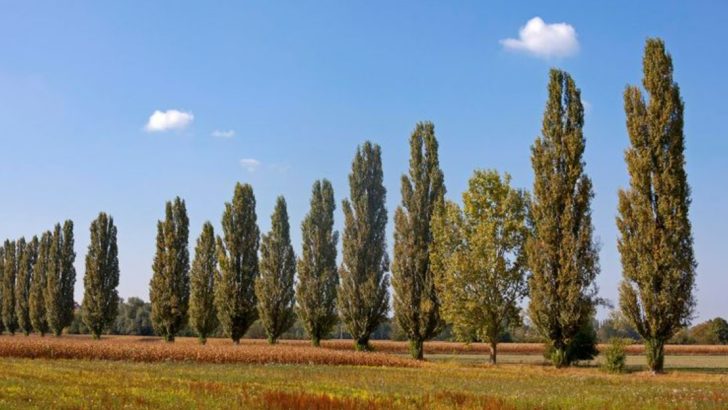Not all fast growers are a gift. Some are a ticking time bomb. You plant them for shade, privacy, maybe a little curb appeal. They shoot up like rockets. You feel like a genius. And then—crack. Snap. Crash. Branches start breaking in a breeze. Trunks split. The roots lift your walkway like it’s made of paper. These trees might look great now, but give them a few years—and they’ll be your biggest regret. They’re brittle, messy, short-lived, or just plain dangerous. If you’re tempted by “fast-growing” on the label, pause. Fast doesn’t always mean smart. Before you plant, read this. These 16 trees may be popular, but they come with baggage. And replacing them? That’s no weekend project.
Silver Maple
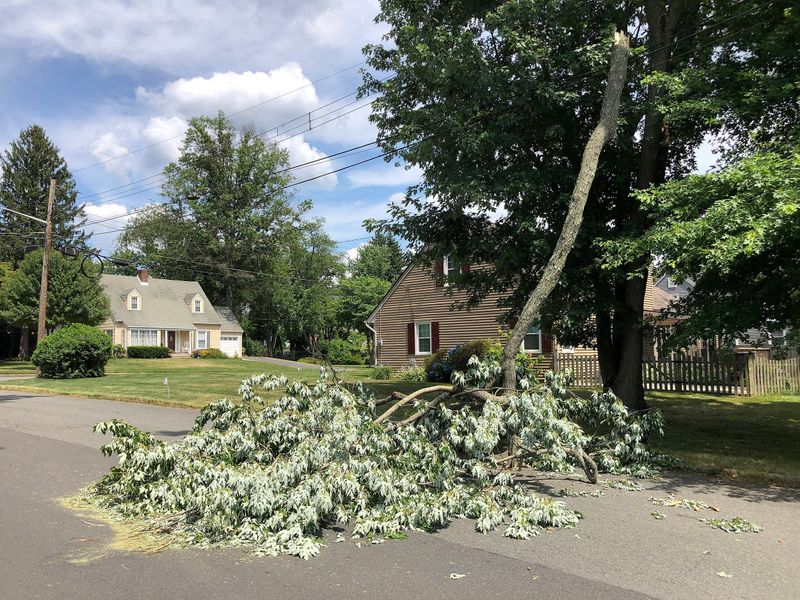
Silver Maples are beloved for their rapid growth and shade-providing capabilities. Unfortunately, this speed comes at a cost. Their wood is brittle and prone to breaking in storms.
Gardeners often find themselves dealing with fallen branches. A fun fact: these trees are native to eastern North America.
Despite their beauty, their invasive roots can damage sidewalks and plumbing, making them a less ideal choice for urban settings.
Weeping Willow
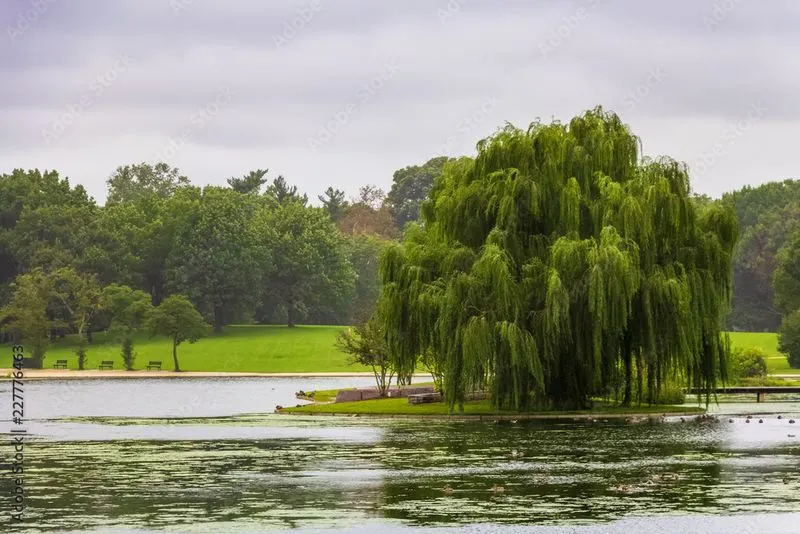
Weeping Willows are iconic, with their elegant, drooping branches. However, their fast growth results in weak wood.
In windy conditions, they are susceptible to breakage. Their romantic appearance often belies the maintenance they require.
Interestingly, these trees are said to have originated from China, yet they thrive in moist, temperate climates worldwide.
Lombardy Poplar

The Lombardy Poplar stands tall and narrow, making it a popular choice for windbreaks. Yet, its rapid growth leads to a short lifespan.
These trees are often plagued by diseases such as canker, which weaken them further.
An interesting tidbit: they were widely planted in the 18th century across Europe before their vulnerabilities became apparent.
Empress Tree
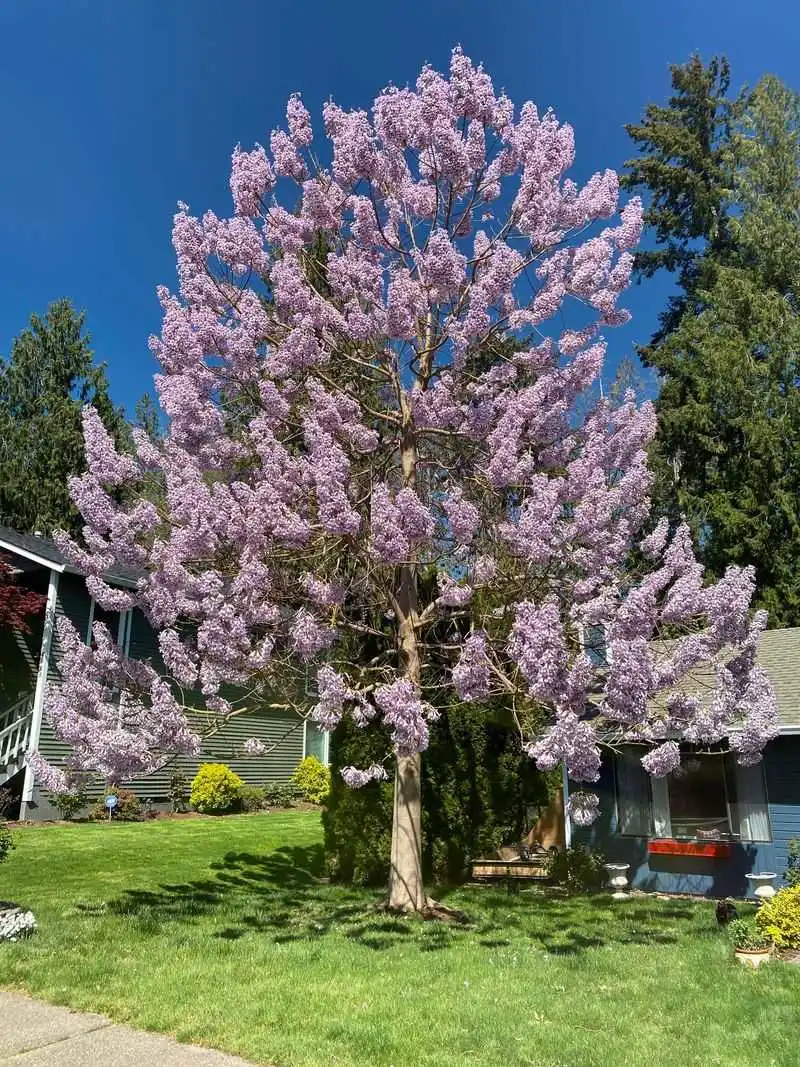
Known for its breathtaking purple flowers, the Empress Tree grows at an astonishing rate. However, its wood is soft and breaks easily.
This tree is often considered invasive due to its aggressive spreading.
A fascinating fact: the Empress Tree is named after an empress of China and is often used in traditional Chinese medicine.
Bradford Pear
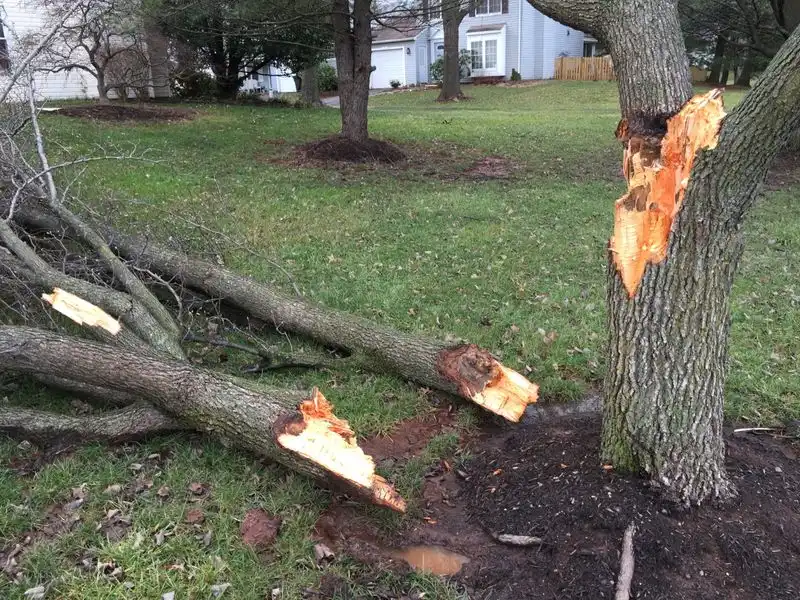
Bradford Pears are loved for their beautiful spring blossoms. Unfortunately, their rapid growth results in weak branch structures.
These trees often split and break, especially during storms.
Interestingly, they were initially bred to be sterile, but cross-pollination has led them to become invasive in many areas of the United States.
Mimosa Tree

Mimosa trees, with their fluffy pink blooms, add a tropical flair to gardens. Yet, their rapid growth leads to structural weaknesses.
They are also prone to pests and diseases.
Did you know? The Mimosa tree originates from Asia and is often found in warmer climates due to its sensitivity to cold.
Eucalyptus
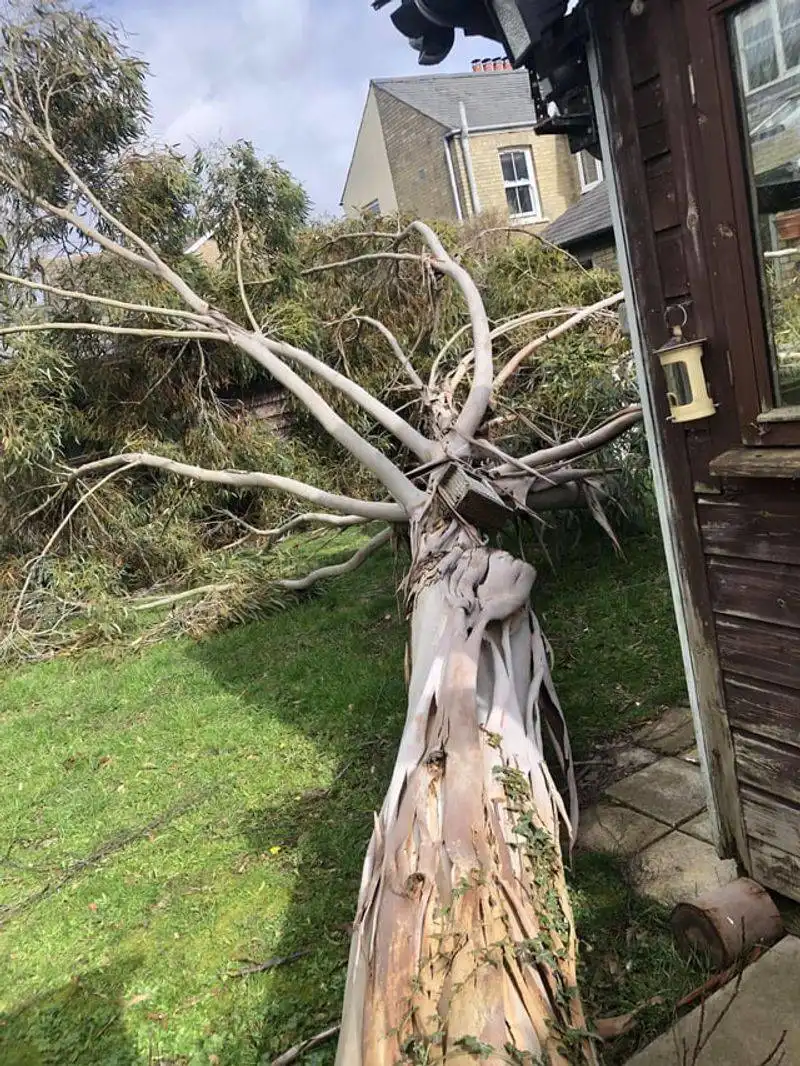
Eucalyptus trees are fast-growing and are known for their aromatic leaves. However, their rapid growth often results in shallow root systems.
This makes them prone to toppling over in strong winds.
Interestingly, while native to Australia, Eucalyptus has been planted worldwide for its wood and oil.
Eastern Cottonwood
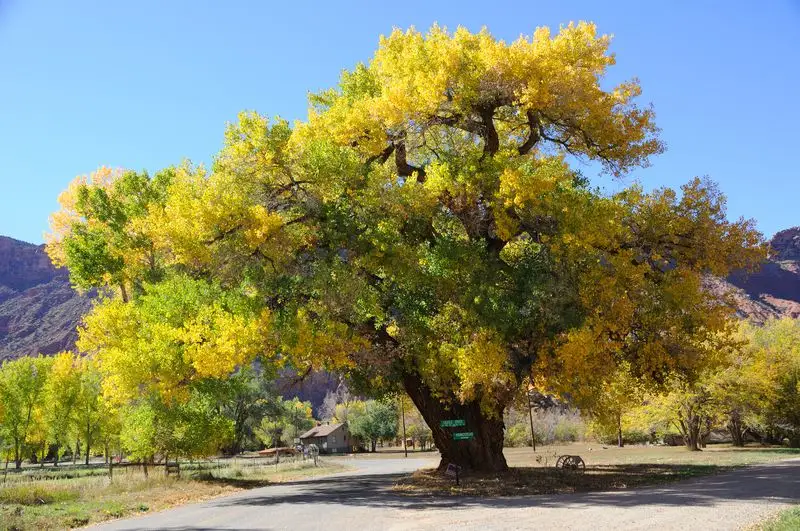
Eastern Cottonwoods are valued for their rapid growth and shade. However, their weak wood and shallow roots are problematic.
These trees often suffer from limb breakage.
A fun fact: the seeds of Eastern Cottonwoods are carried far and wide by the wind, allowing them to propagate easily.
Green Ash

Green Ash trees grow quickly, making them a favorite for urban landscapes. Yet, their fast growth leads to brittle wood.
They are also highly susceptible to the emerald ash borer.
Did you know? Despite their current popularity, Green Ash trees are facing decline due to this pest.
Norway Maple
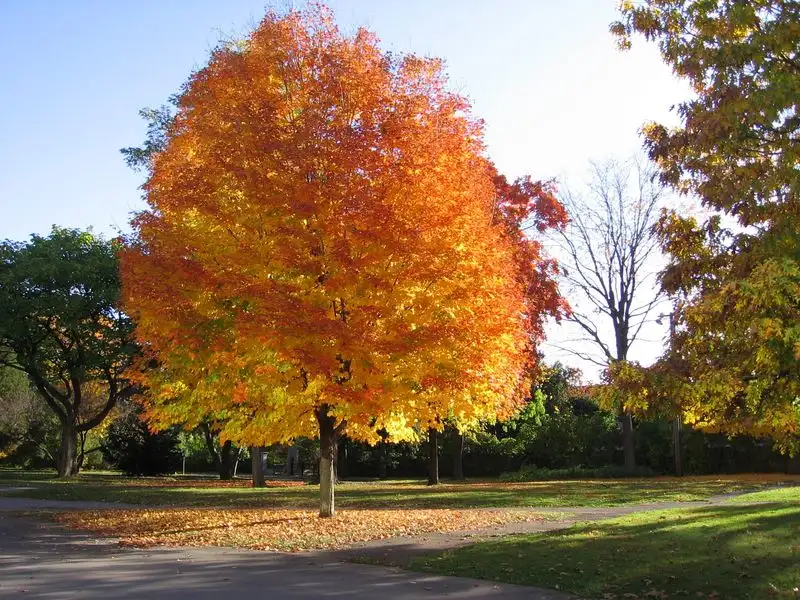
Norway Maples are admired for their dense canopies and rapid growth. However, this vigor often results in structural weaknesses.
Their invasive nature can also crowd out native species.
Despite their issues, these trees are commonly found in urban areas across North America.
Leyland Cypress
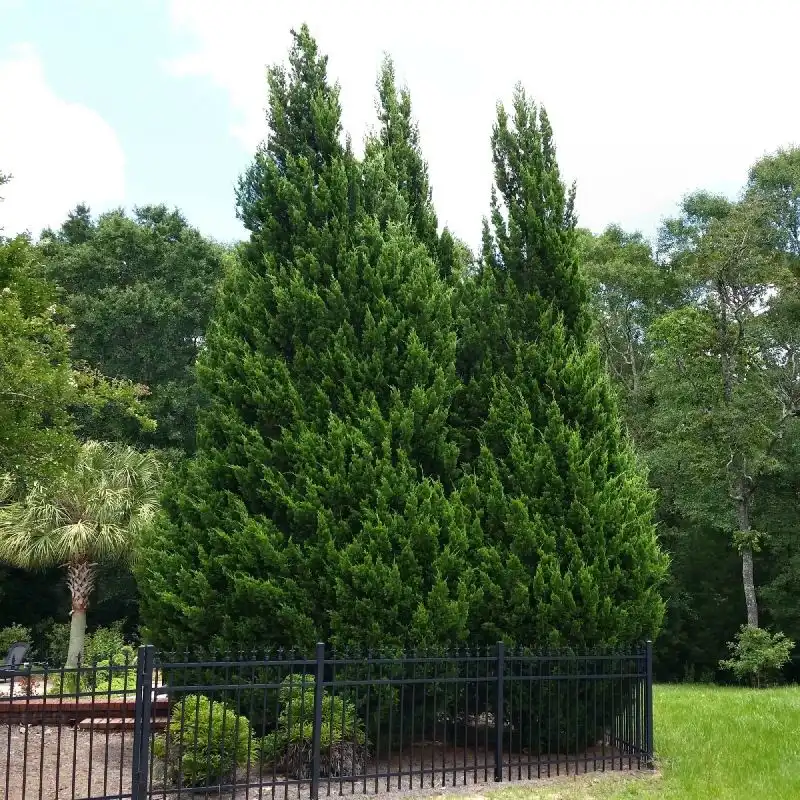
Leyland Cypress is often used as a privacy hedge due to its fast growth. Despite this growth, its wood is weak and brittle.
These trees are prone to diseases such as root rot.
Interestingly, they are a hybrid species, combining characteristics of two different cypress trees.
Russian Olive
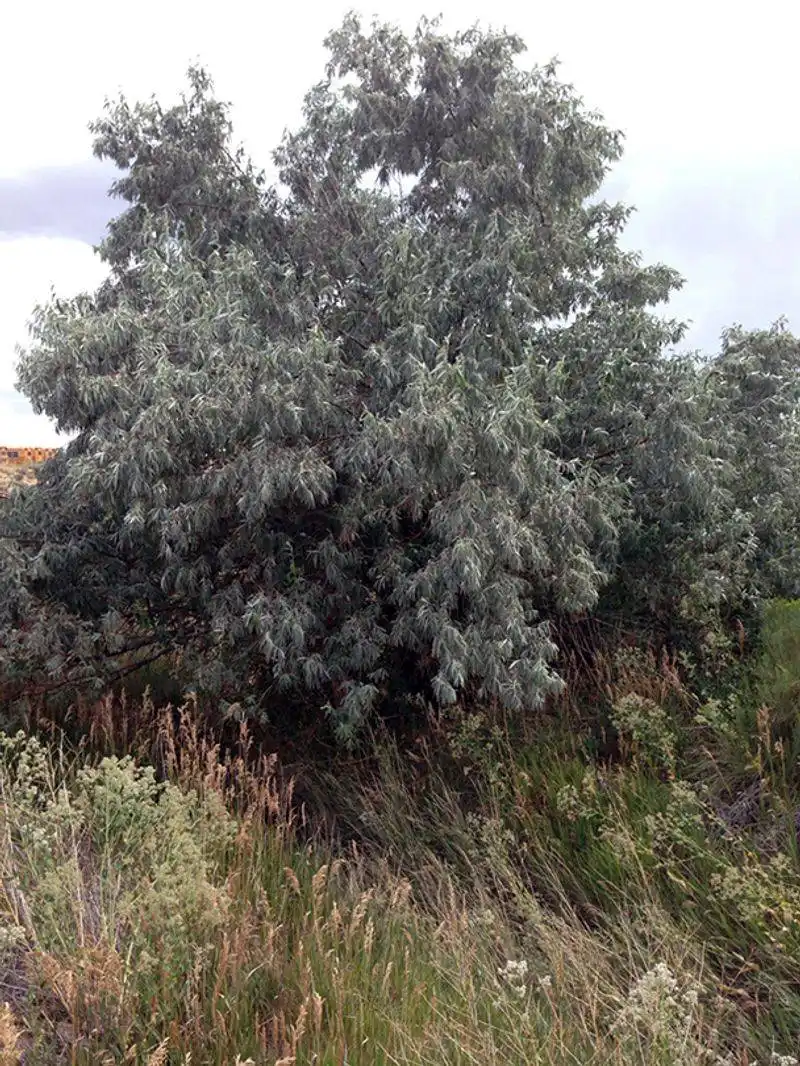
Russian Olive trees are known for their silvery leaves and ability to thrive in poor soil. However, their rapid growth leads to weak wood.
They are often considered invasive due to their aggressive spreading.
Did you know? These trees were originally introduced to North America for erosion control purposes.
Tree of Heaven
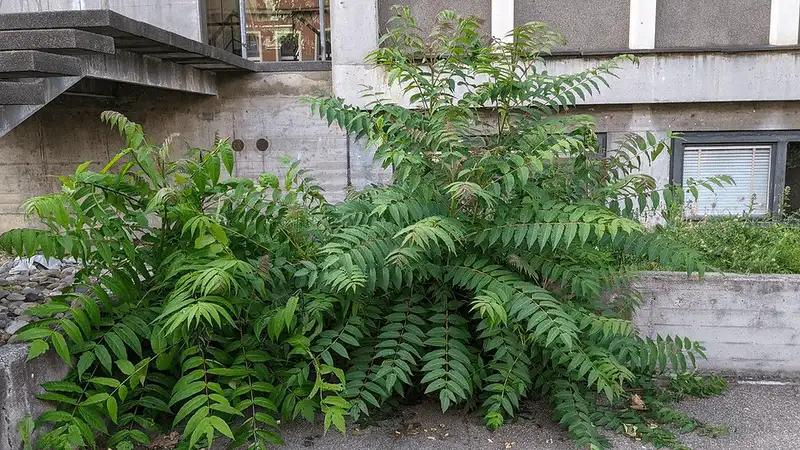
The Tree of Heaven grows rapidly, making it a common sight in urban environments. Yet, its wood is notoriously weak and prone to damage.
These trees also produce a strong odor and are invasive.
An interesting fact: this tree is native to China and was introduced to North America in the 18th century.
Paper Birch
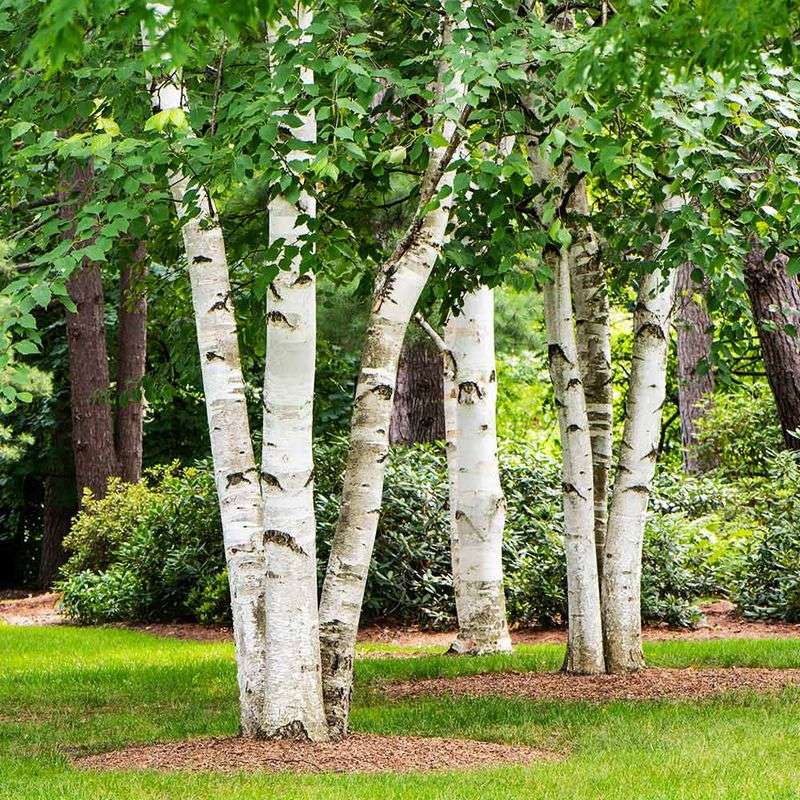
Paper Birches are cherished for their striking white bark and rapid growth. Unfortunately, this growth results in weak wood.
They are also susceptible to pests and diseases.
Despite this, Paper Birches remain a beloved part of Northern landscapes, especially during the fall with their golden leaves.
Tallow Tree
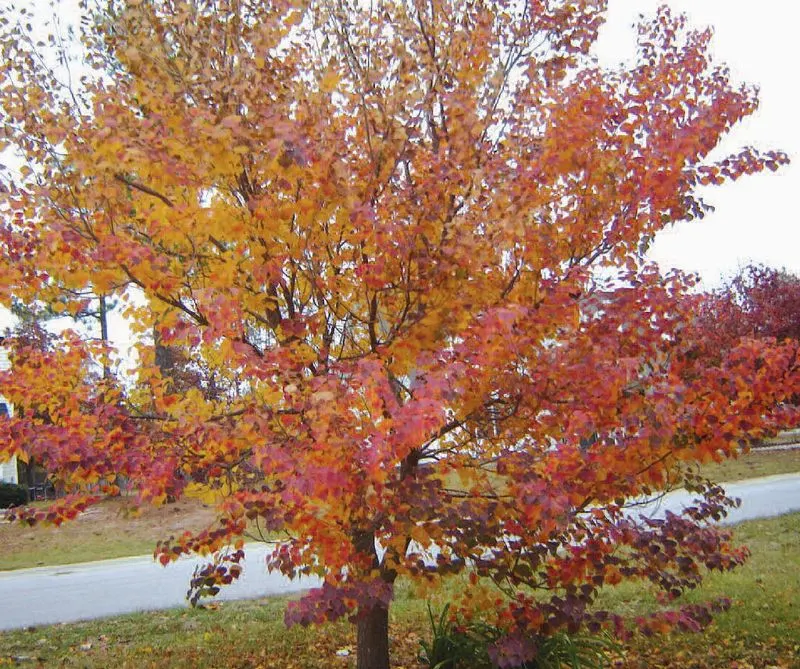
Tallow Trees are admired for their vibrant fall colors and quick growth. However, their wood is weak and prone to breakage.
They are considered invasive in many regions, spreading aggressively.
Interesting tidbit: the Tallow Tree is native to China and was initially introduced to the United States for oil production.
Black Locust
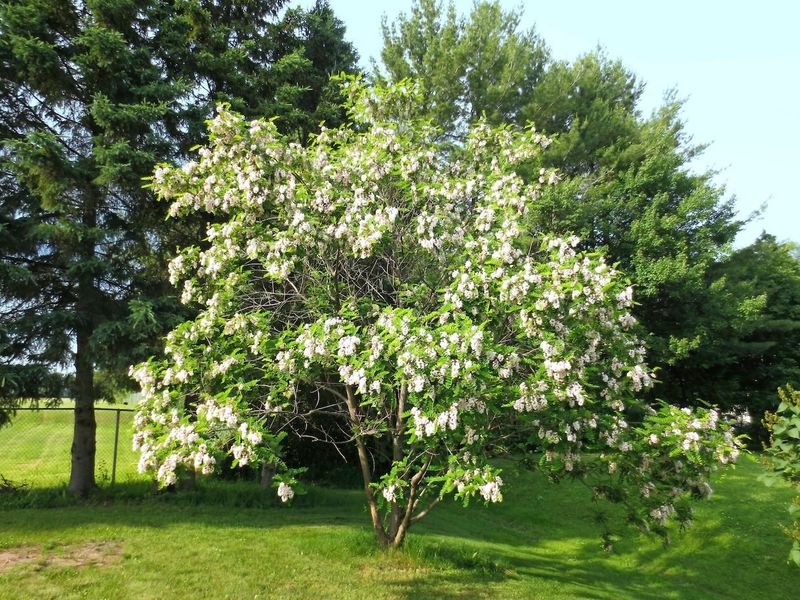
Black Locust trees are known for their fast growth and tough wood. However, their rapid expansion makes them invasive.
Their branches are also thorny and can be hazardous.
Fun fact: despite being problematic, their wood is incredibly durable and resistant to decay, often used for fence posts.

